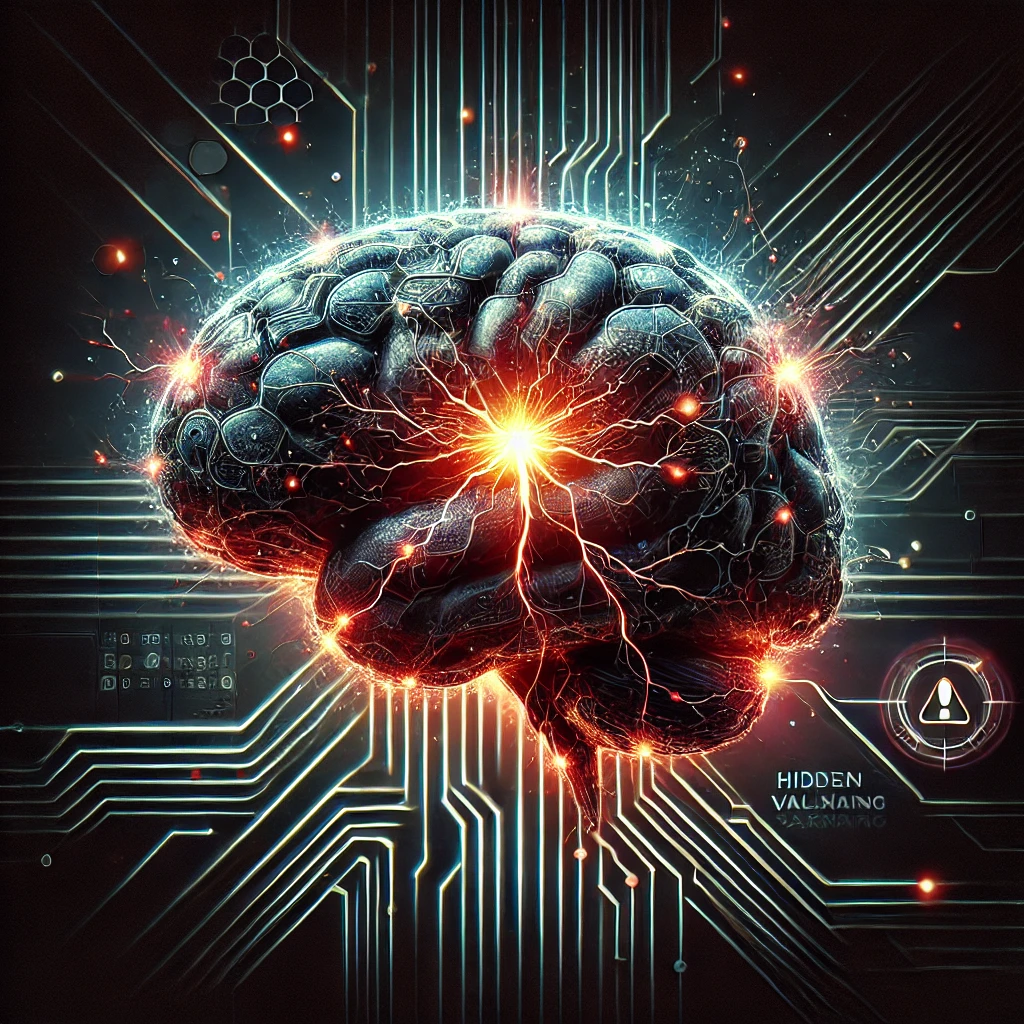Adres
Polska, Warszawa

Exposing Deep Cybersecurity Vulnerabilities in AI
Artificial intelligence (AI) is revolutionizing industries worldwide. However, as AI tools become more sophisticated, they also expose critical cybersecurity vulnerabilities. Recent reports and insights from ethical hackers reveal just how fragile our current AI systems are, and the potential consequences of these weaknesses could be catastrophic. This article dives deep into the risks, solutions, and broader implications, drawing insights from the BBC’s report on hackers exposing AI vulnerabilities.
Understanding AI’s Cybersecurity Vulnerabilities
How Hackers Are Exploiting AI
Ethical hackers like “Plenny the Prompter” have demonstrated how quickly AI systems can be compromised. During experiments, hackers bypassed safeguards in AI systems like OpenAI’s ChatGPT and Google’s models in under 30 minutes. Here’s how they did it:
• Jailbreaking Models: Hackers manipulate AI prompts to bypass safety mechanisms, allowing the creation of harmful content like malware and phishing scripts.
• AI-Driven Cybercrime: AI was recently used by Russian cybercriminals to infiltrate the NHS, resulting in tens of thousands of patients’ data being leaked on the dark web.
Key Vulnerabilities
1. Lack of Control: AI systems are designed to learn and adapt, but this flexibility makes them unpredictable and harder to secure.
2. Inadequate Safeguards: Current safety measures, such as rule-based filters, can be bypassed by advanced prompt engineering.
3. Exploitation of New Technology: Hackers are targeting AI tools that companies rush to deploy, often while they are still in beta testing.
Real-World Implications of AI Vulnerabilities
Critical Infrastructure at Risk
The integration of AI into critical infrastructure, such as healthcare, energy, and defense systems, is fraught with danger. According to Conor Lehi, CEO of AI safety company Conjecture:
• Unprecedented Risks: Systems are unprepared for AI-driven attacks, which could disrupt essential services or even endanger lives.
• Comparison to Military Software: While military software takes years and significant resources to secure, AI systems are being developed and deployed at breakneck speed.
Economic and Reputational Risks
Companies adopting AI without adequate safeguards risk severe consequences:
• Financial Losses: Ransomware attacks, like the NHS breach, can cost millions in ransom payments and recovery.
• Reputation Damage: Public trust erodes when businesses fail to protect sensitive data.
The Rising Threat of AI-Driven Disinformation
Deepfakes and Fake News
AI-generated content, including deepfakes, is becoming indistinguishable from reality. Jack Dorsey, the former CEO of Twitter, warns that in 5-10 years:
• Blurring of Reality: AI will make it nearly impossible to differentiate between real and fake content.
• Impact on Democracy: Misinformation campaigns using generative AI could undermine trust in elections and news.
Political Influence
A recent example highlights AI’s ability to influence politics:
• AI-Generated Robocalls: In New Hampshire, a political consultant used AI to create robocalls that mimicked Joe Biden’s voice, aiming to sway voters.
Challenges in Addressing AI Security
Technical Barriers
Unlike traditional software, AI systems are not line-by-line code that can be patched. Instead, they are:
• Massive Data Systems: AI relies on layers of data and algorithms that are harder to debug and secure.
• Evolving Threats: Hackers continually adapt, making it a game of cat and mouse between attackers and defenders.
Watermarking and Blockchain
Proposed solutions include watermarking AI-generated content and using blockchain for content verification. However, these methods face limitations:
• Scalability Issues: Decrypting content or verifying blockchain data for every social media post is resource-intensive.
• Effectiveness: Watermarking is not a silver bullet, as hackers can develop tools to remove or bypass it.
Moving Forward: Proactive Measures
Ethical Hacking and Stress Testing
White-hat hackers play an essential role in uncovering vulnerabilities. Companies should:
1. Collaborate with Ethical Hackers: Engage professionals to stress-test systems regularly.
2. Invest in Red and Blue Teams: Create dedicated teams to simulate attacks and defend against them.
Government Regulation
Legislation is catching up to AI advancements:
• California’s AI Bill: Proposes that companies ensure their models do not pose significant risks. Learn more about the bill here.
User Awareness
Education is key to combating AI-driven threats:
• Train users to identify phishing attempts and deepfakes.
• Promote public awareness campaigns to highlight AI risks and safe practices.
Broader Philosophical Implications: The Path to Singularity
What Is Singularity?
Singularity refers to the point at which AI becomes more intelligent than humans and operates independently of its creators. Experts like Conor Lehi believe this is a realistic possibility, citing:
• Computational Speed: AI processes information millions of times faster than humans.
• Capabilities in Reasoning: Advanced models like GPT-4 can outperform humans in tasks like writing, logical reasoning, and emotional analysis.
Ethical Concerns
The rise of smarter AI raises ethical questions:
• Autonomy: What happens when AI systems refuse to be controlled or turned off?
• Human Roles: In a world where AI handles most tasks, how will humans find purpose and fulfillment?
AI’s potential is immense, but its risks cannot be ignored. Companies, governments, and individuals must work together to address these vulnerabilities. By investing in cybersecurity, fostering ethical development, and promoting user awareness, we can unlock AI’s benefits while safeguarding against its dangers.
For more information, explore these resources: